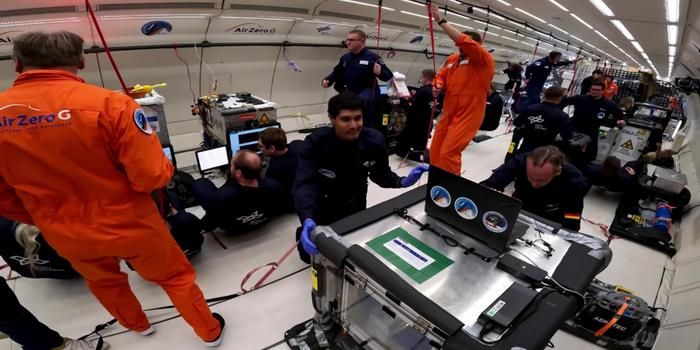First Confirmed CME Detected on Another Star
What can coronal mass ejections (CMEs) on other stars teach astronomers about stellar formation and evolution? This is what a recent study published in Nature hopes to address as an international team of researchers announced the discovery of the first CME observed from a star other than our Sun. This incredible discovery has the potential to help astronomers better understand the formation and evolution of stars throughout the universe and what this could mean for finding life beyond Earth.
For the study, the researchers observed a CME from the M-dwarf star, StKM 1-1262, which is located approximately 40 light-years from Earth, with M-dwarf stars being smaller and cooler than our Sun while also being the most common star in the galaxy. The team was able to identify the CME from the shock waves it emitted as it traveled through space, emitting radio waves that were picked up by astronomers on Earth. Aside from the first observed CME detected, the team also noted it was so powerful that it would strip the atmosphere from any planet that was orbiting the star. This indicates that finding life on planets orbiting StKM 1-1262 is unlikely.
“This work opens up a new observational frontier for studying and understanding eruptions and space weather around other stars,” said Dr. Henrik Eklund, who is a European Space Agency research fellow and a co-author on the study. “We’re no longer limited to extrapolating our understanding of the Sun's CMEs to other stars. It seems that intense space weather may be even more extreme around smaller stars – the primary hosts of potentially habitable exoplanets. This has important implications for how these planets keep hold of their atmospheres and possibly remain habitable over time.”
As noted, M-dwarf stars are hypothesized to be the most common type of star in the galaxy, with astronomers estimating that 70 percent of all stars in the galaxy are M-dwarfs. While they are smaller and cooler than our Sun, they also have much longer lifetimes, estimated to be trillions of years, compared to 10 billion years for our Sun.
What new CMEs will astronomers discover in the coming years and decades? Only time will tell, and this is why we science!
As always, keep doing science & keep looking up!
Sources: Nature, EurekAlert!
Featured IMage Illustration Credit: Olena Shmahalo/Callingham et al.








